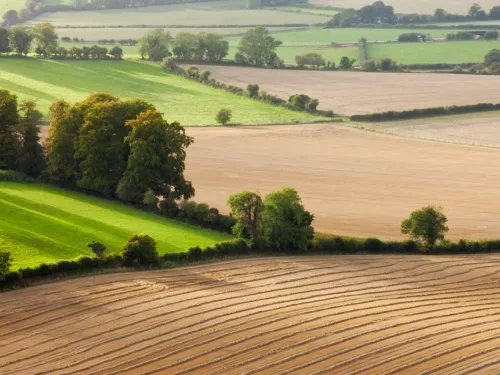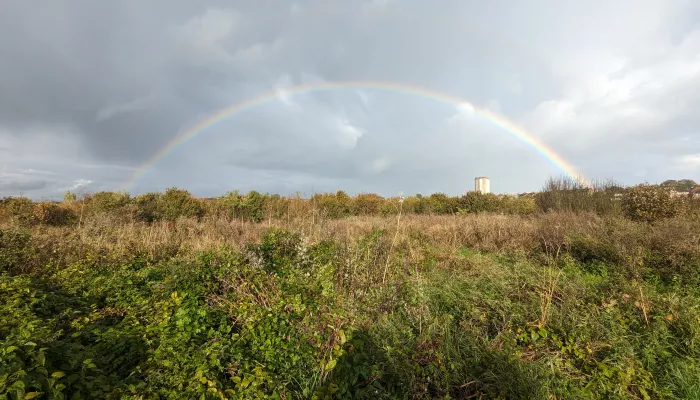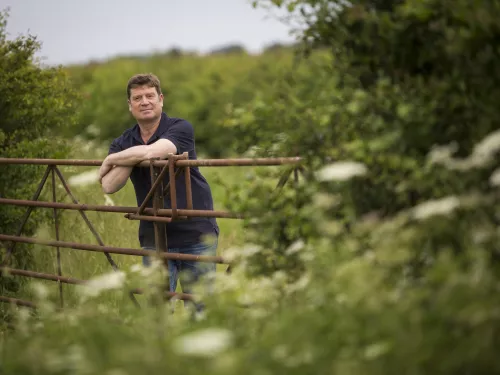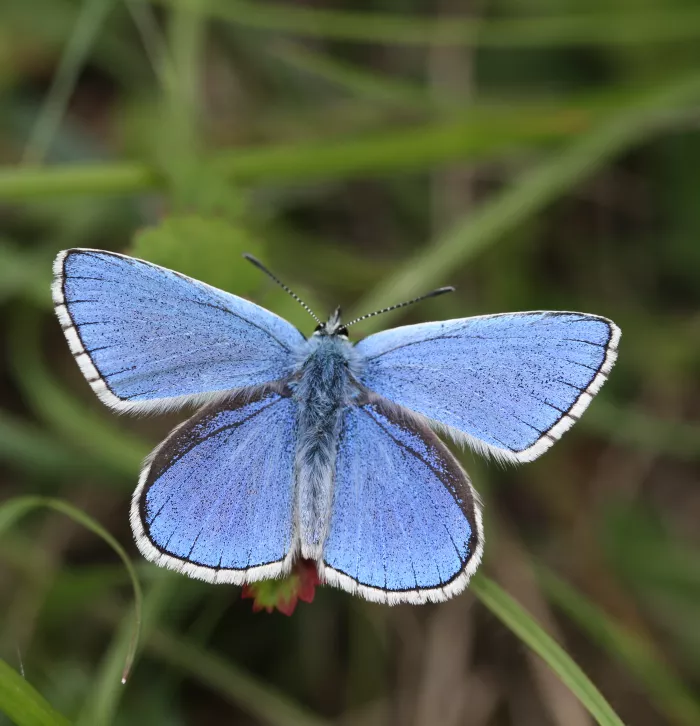
How do I get started?
Start by arranging a BNG site assessment on your land with a local ecological consultancy such as Adonis Blue. This assessment will identify areas with low biodiversity that can be transformed into habitats. It will determine the current baseline and the number of Biodiversity Units your land can provide, as well as the potential income. Additionally, the assessment will provide information on the types of habitats you can create and the species you can support.



